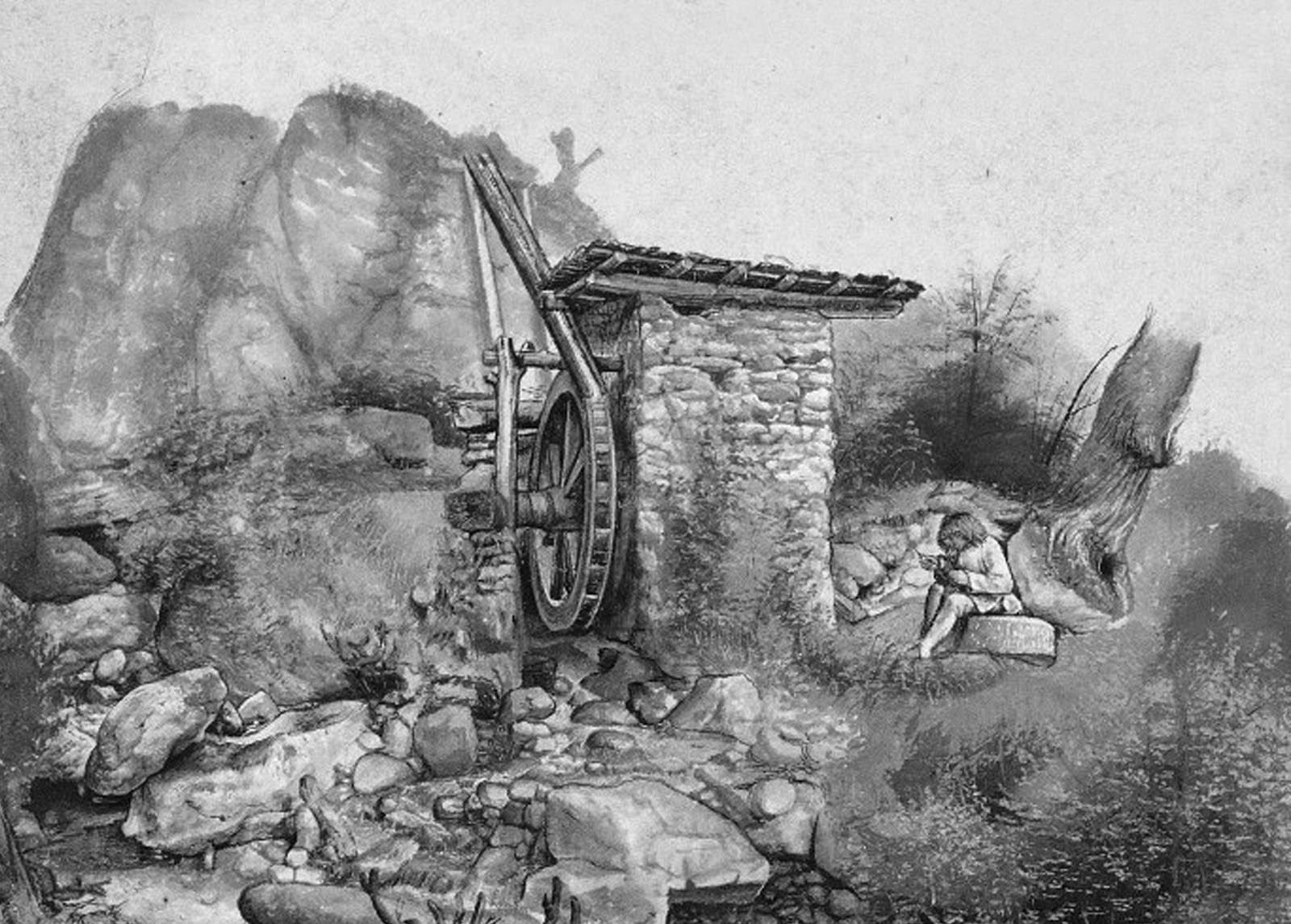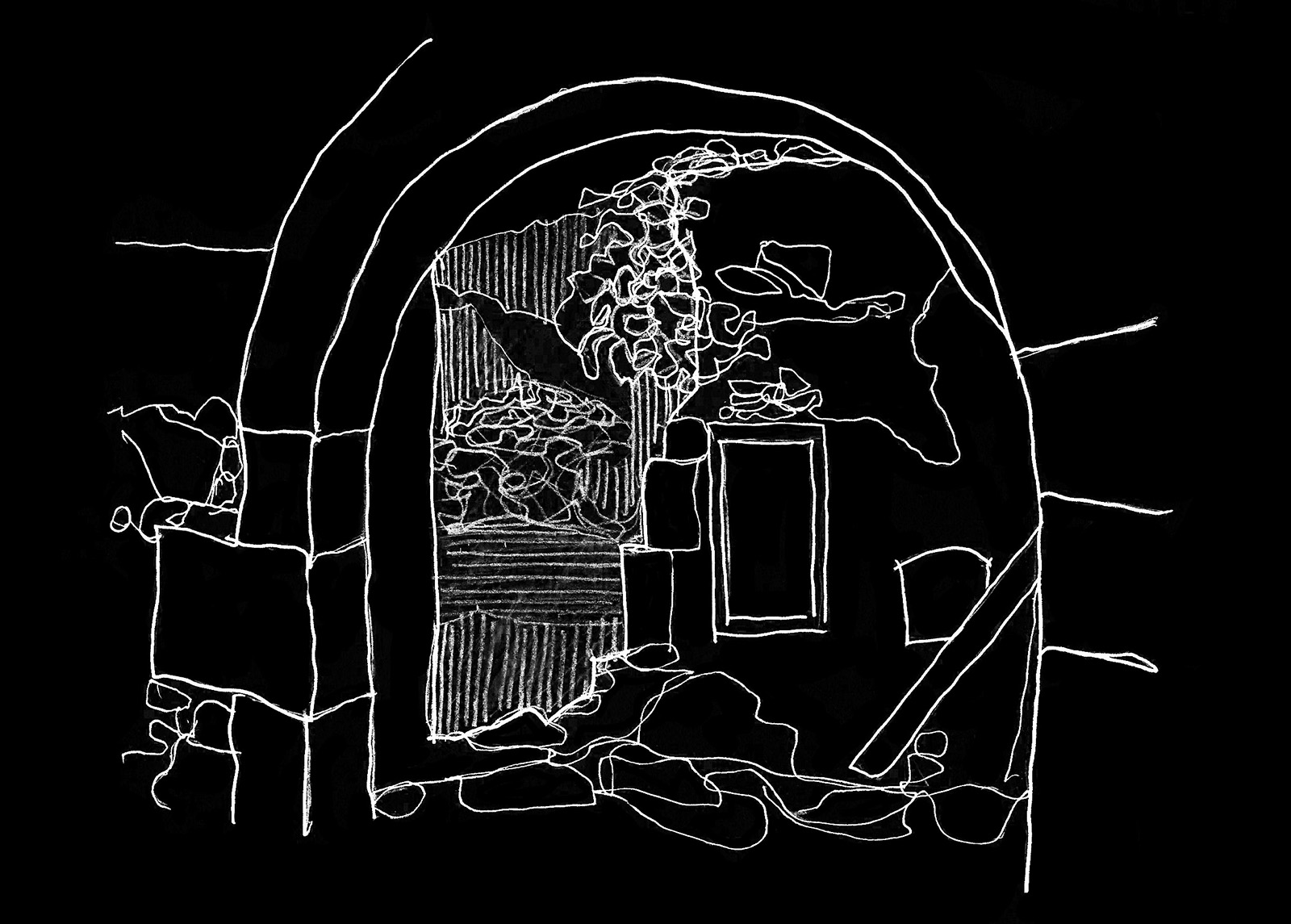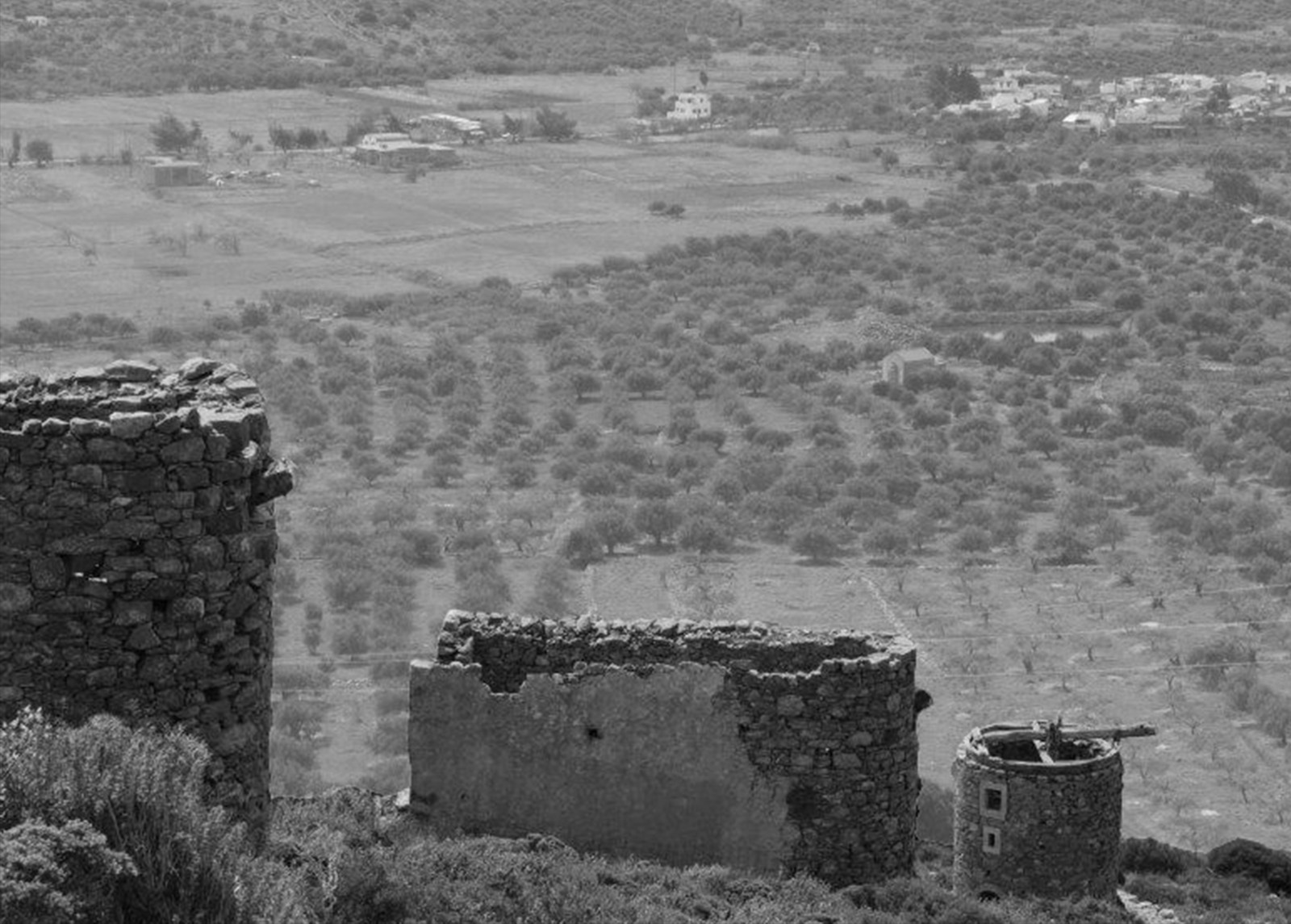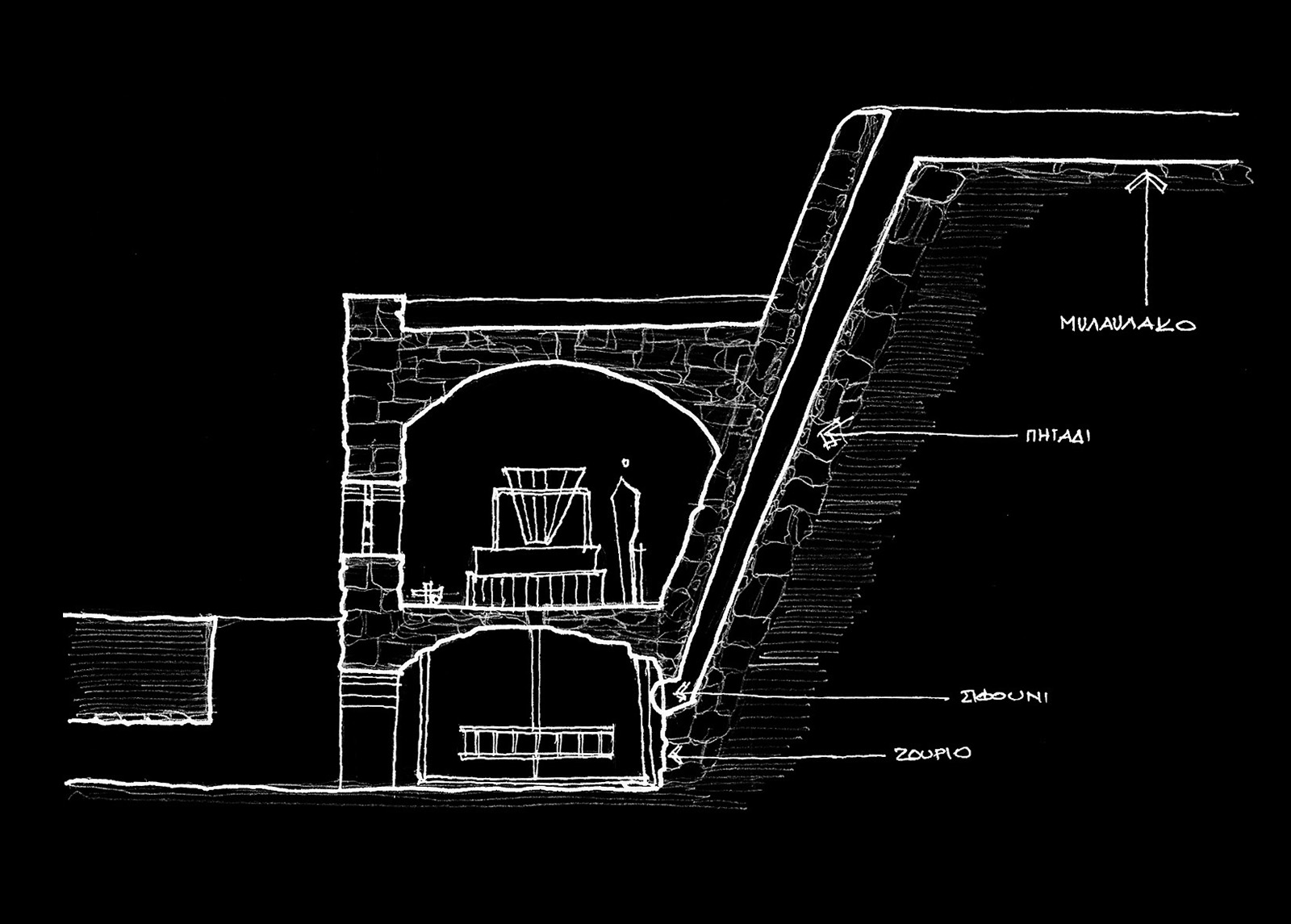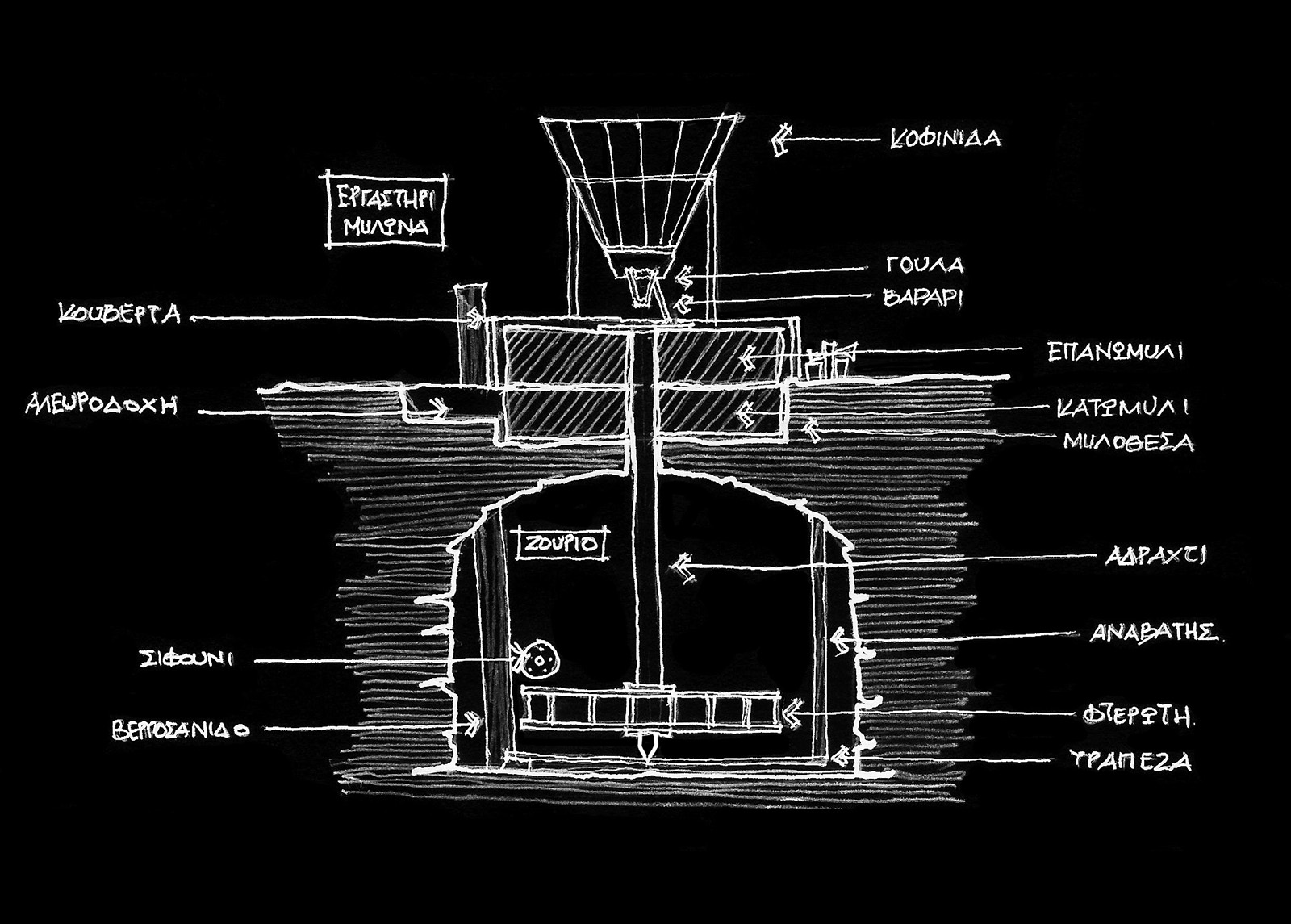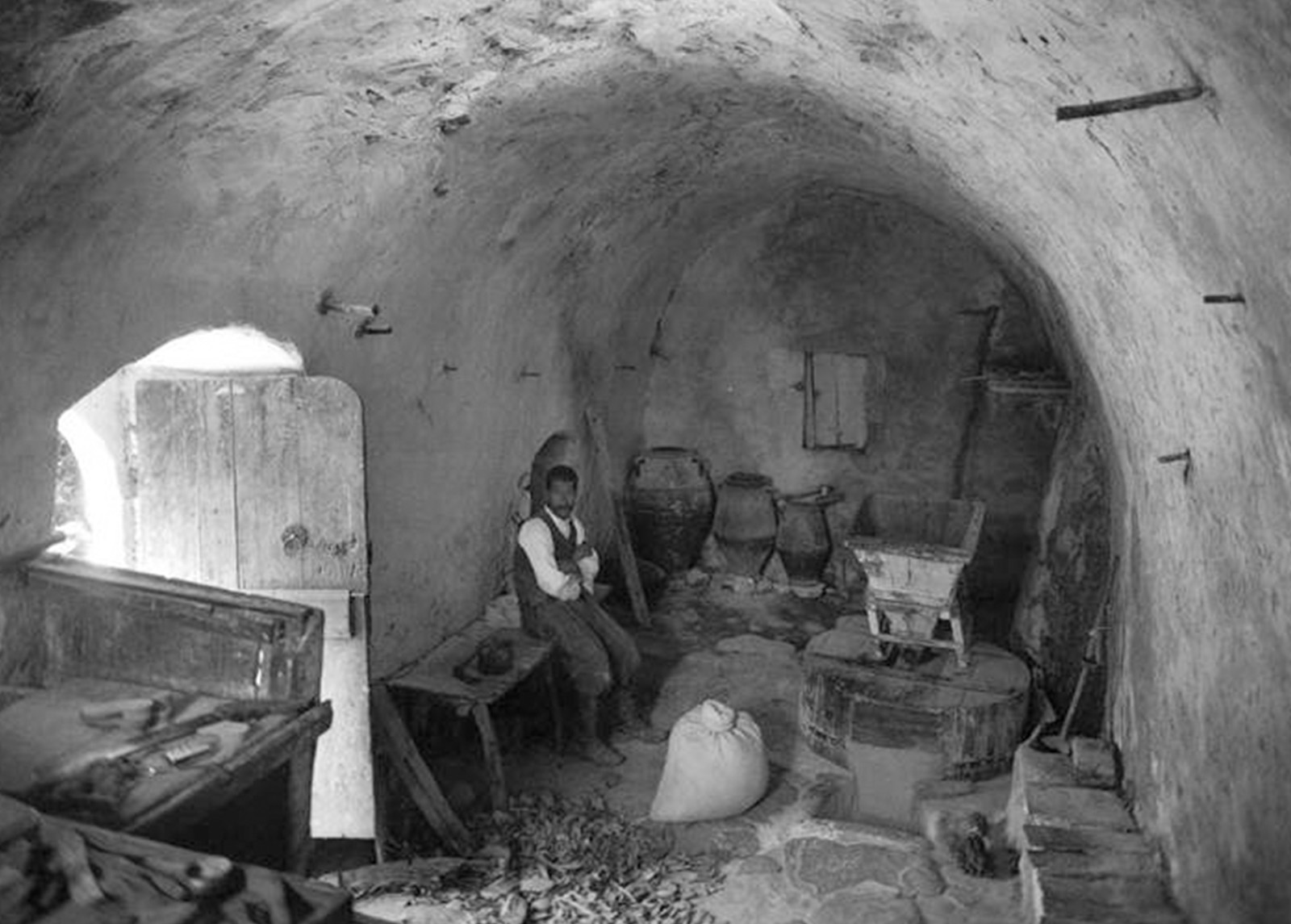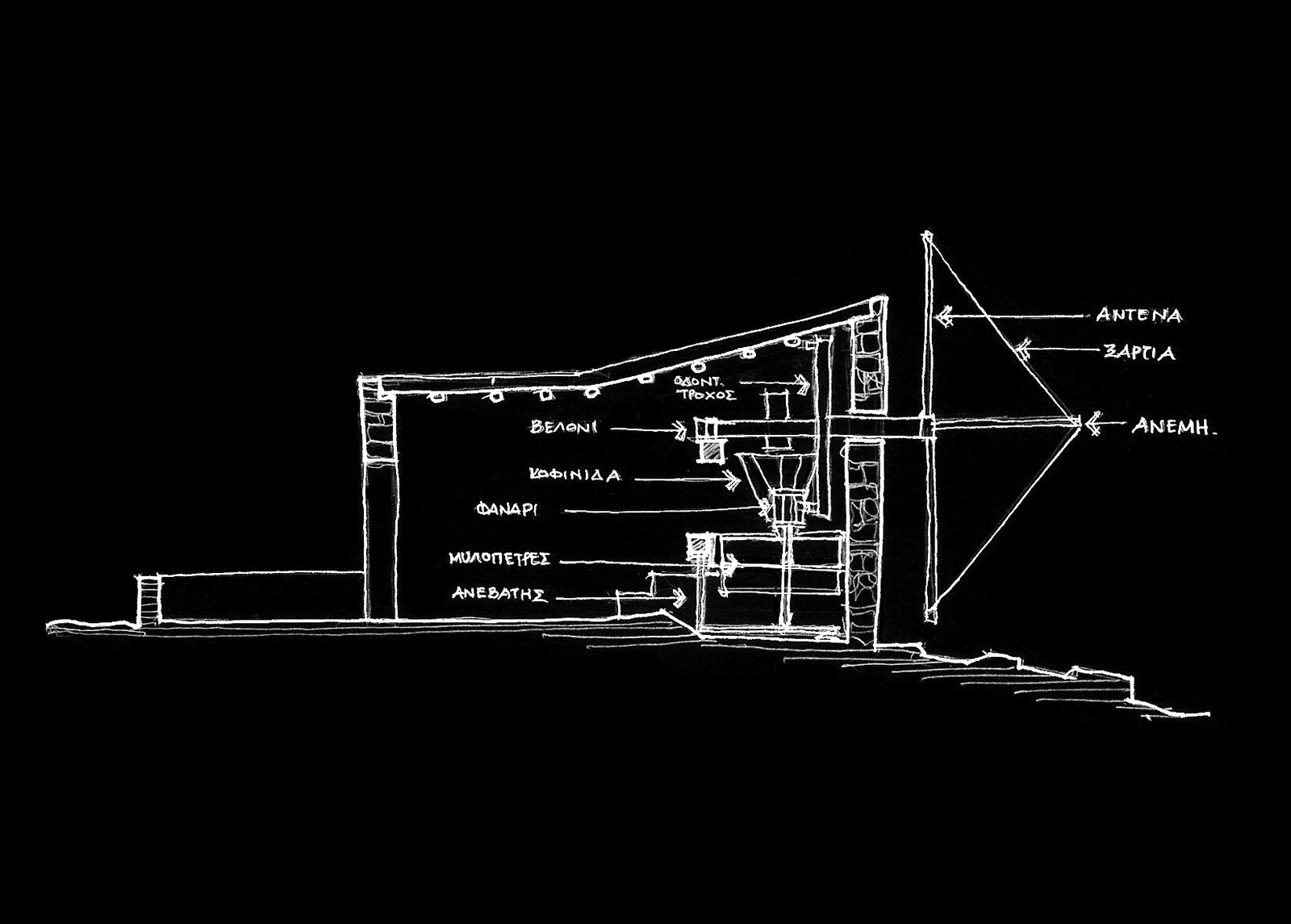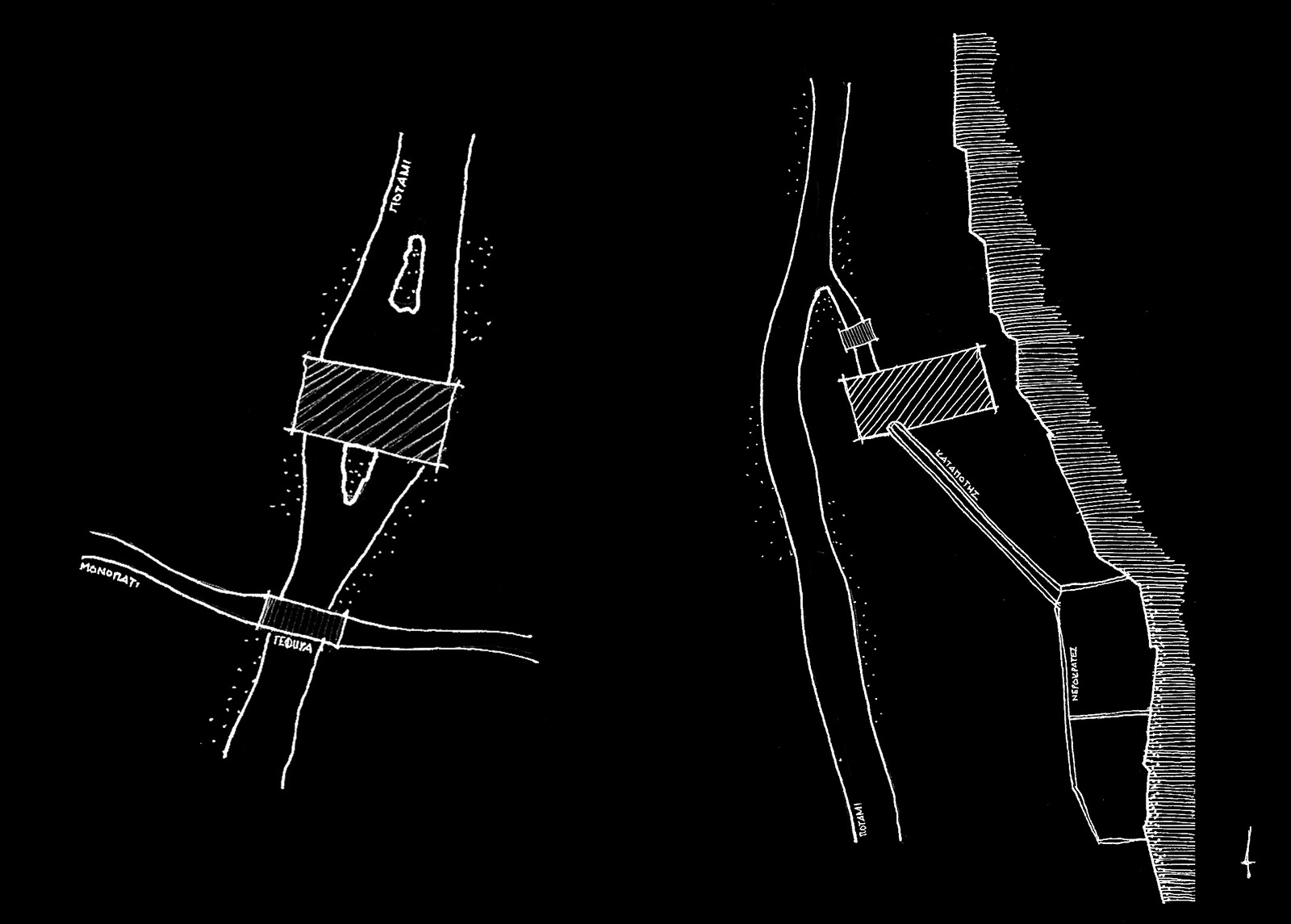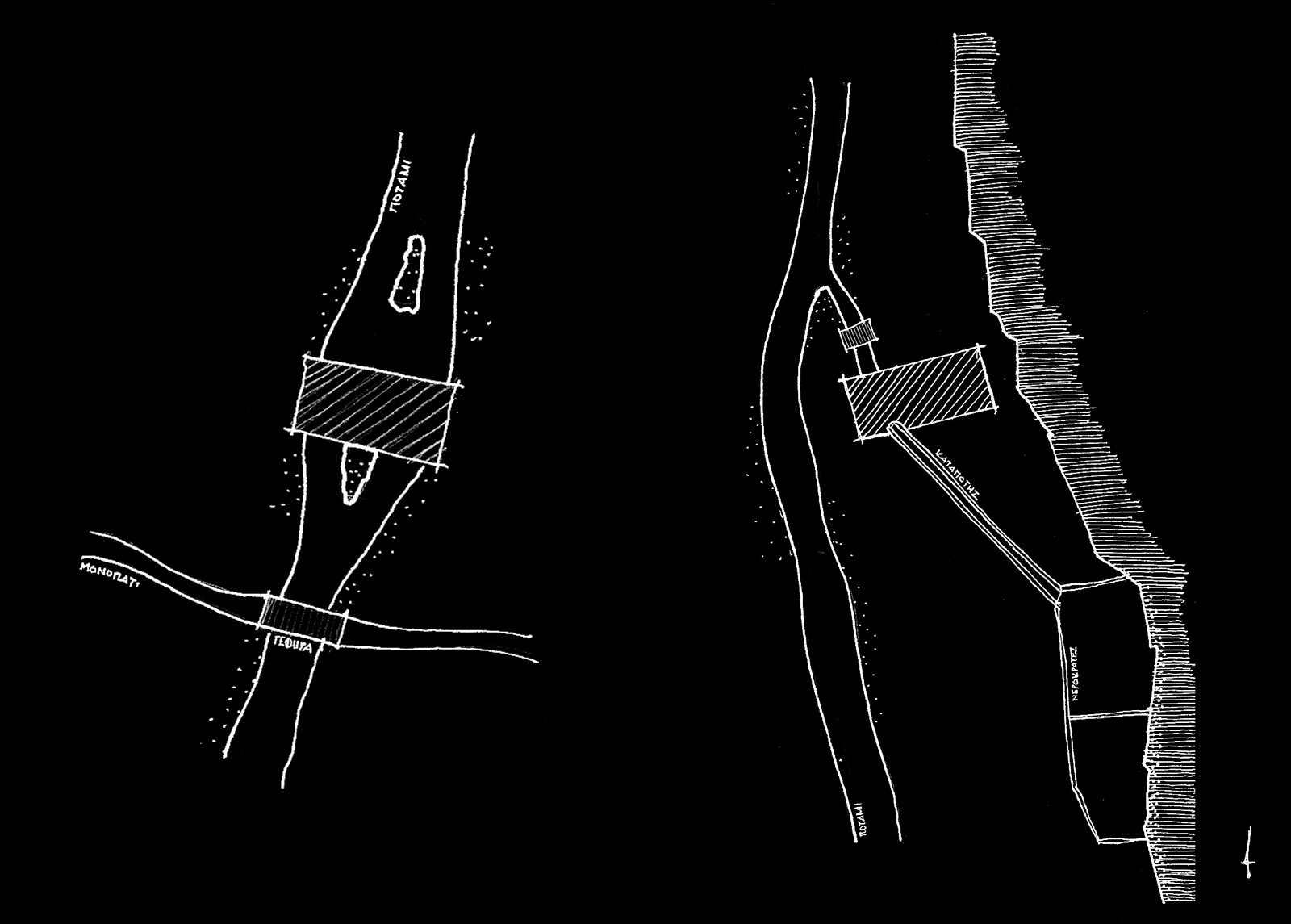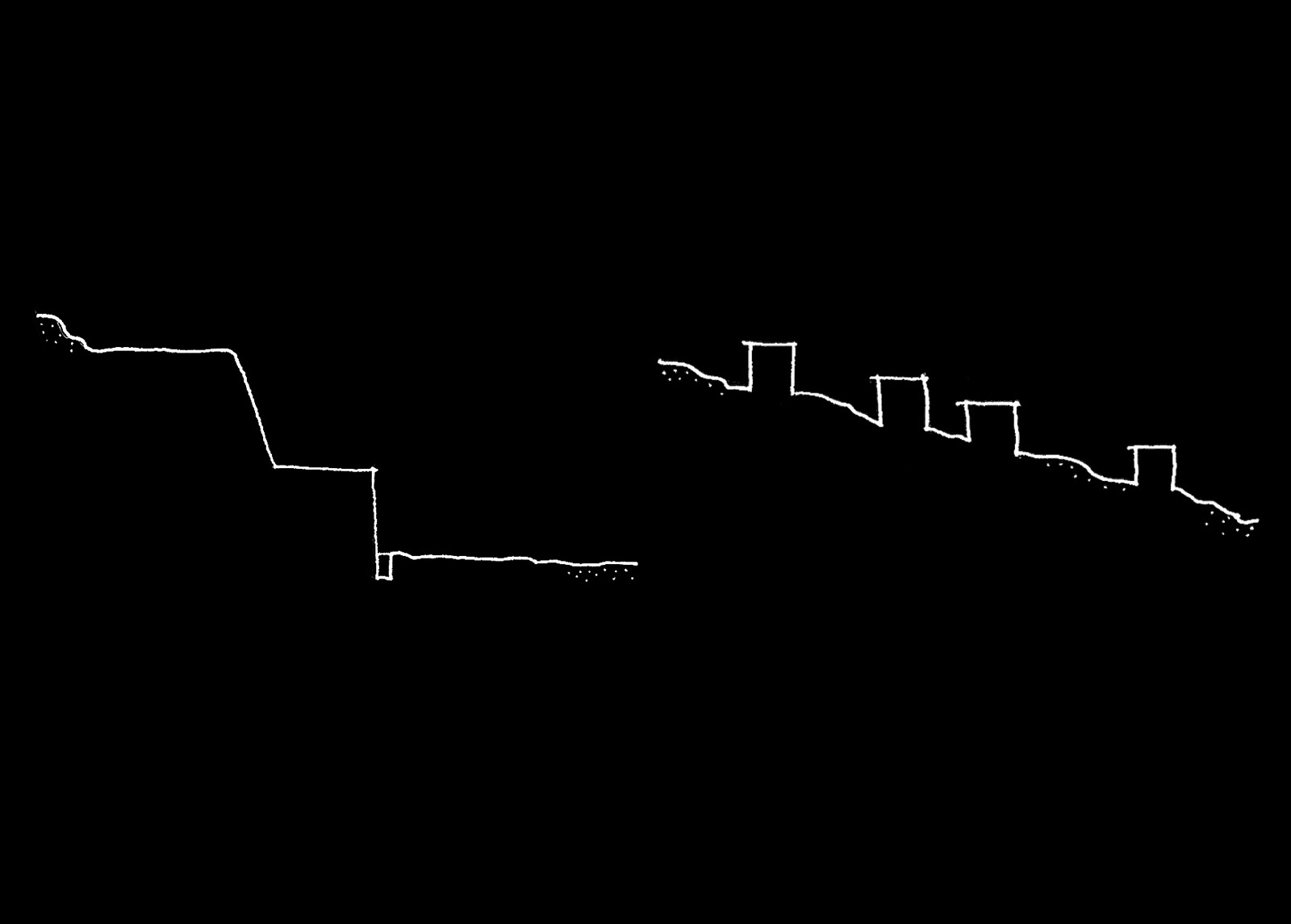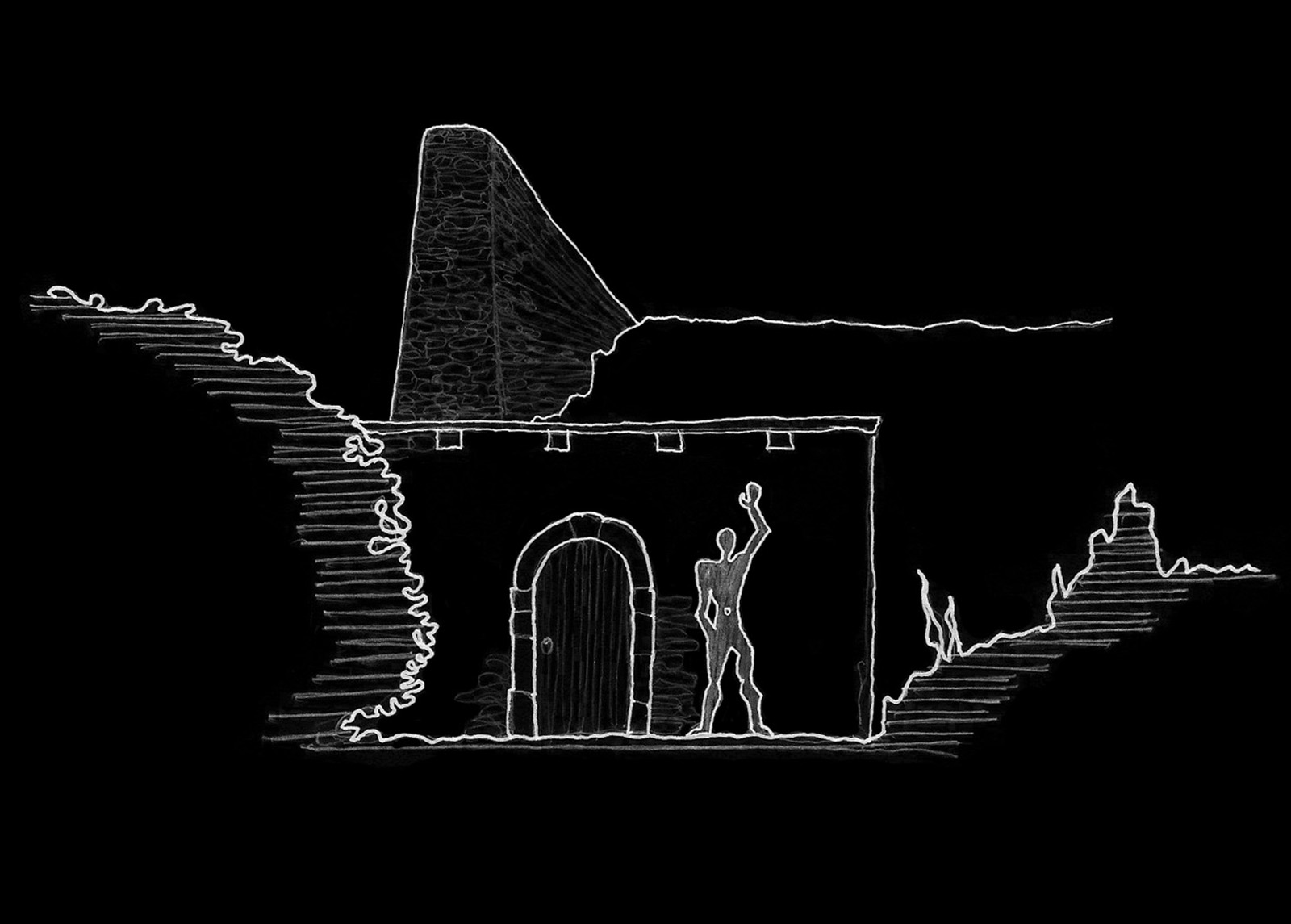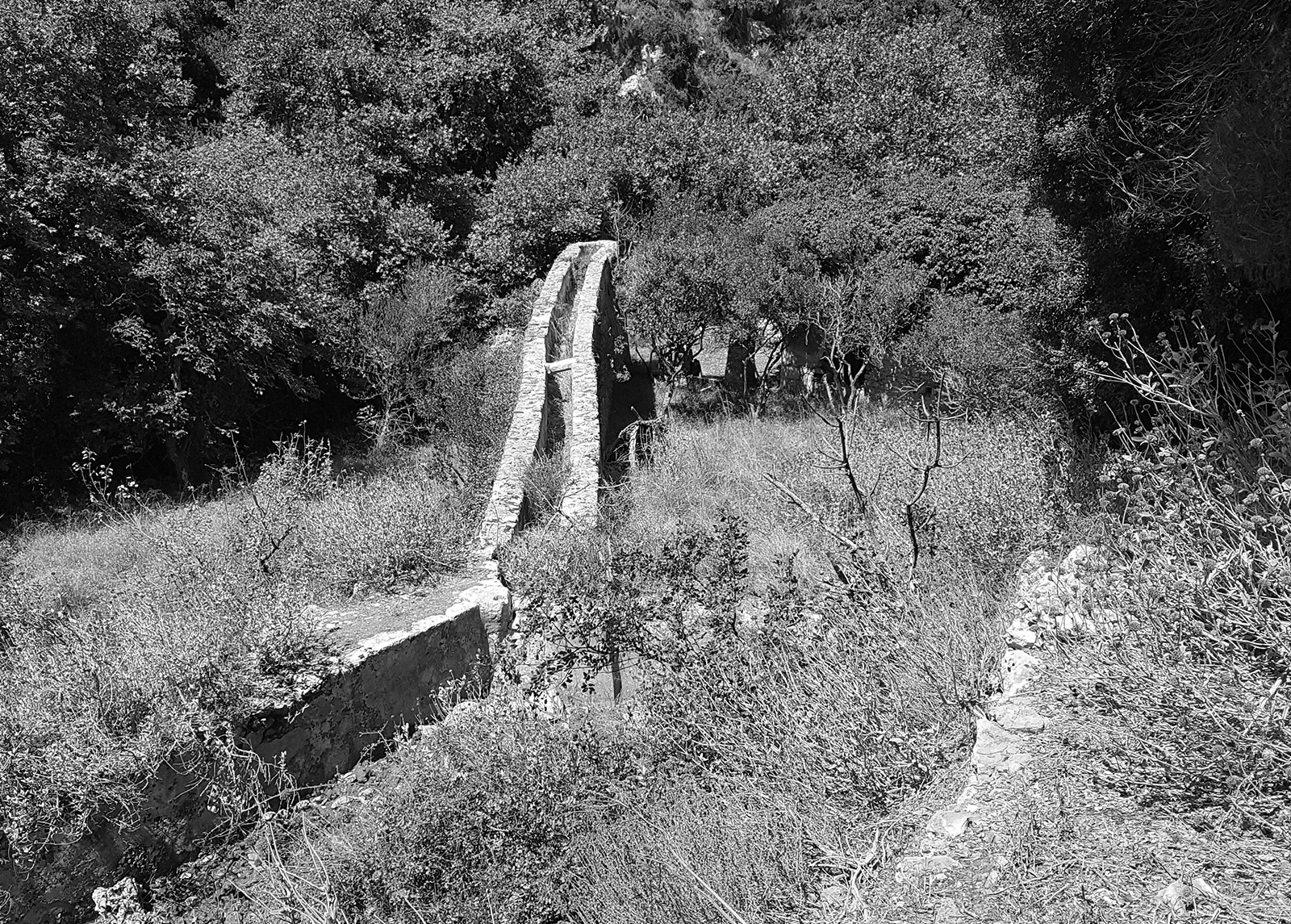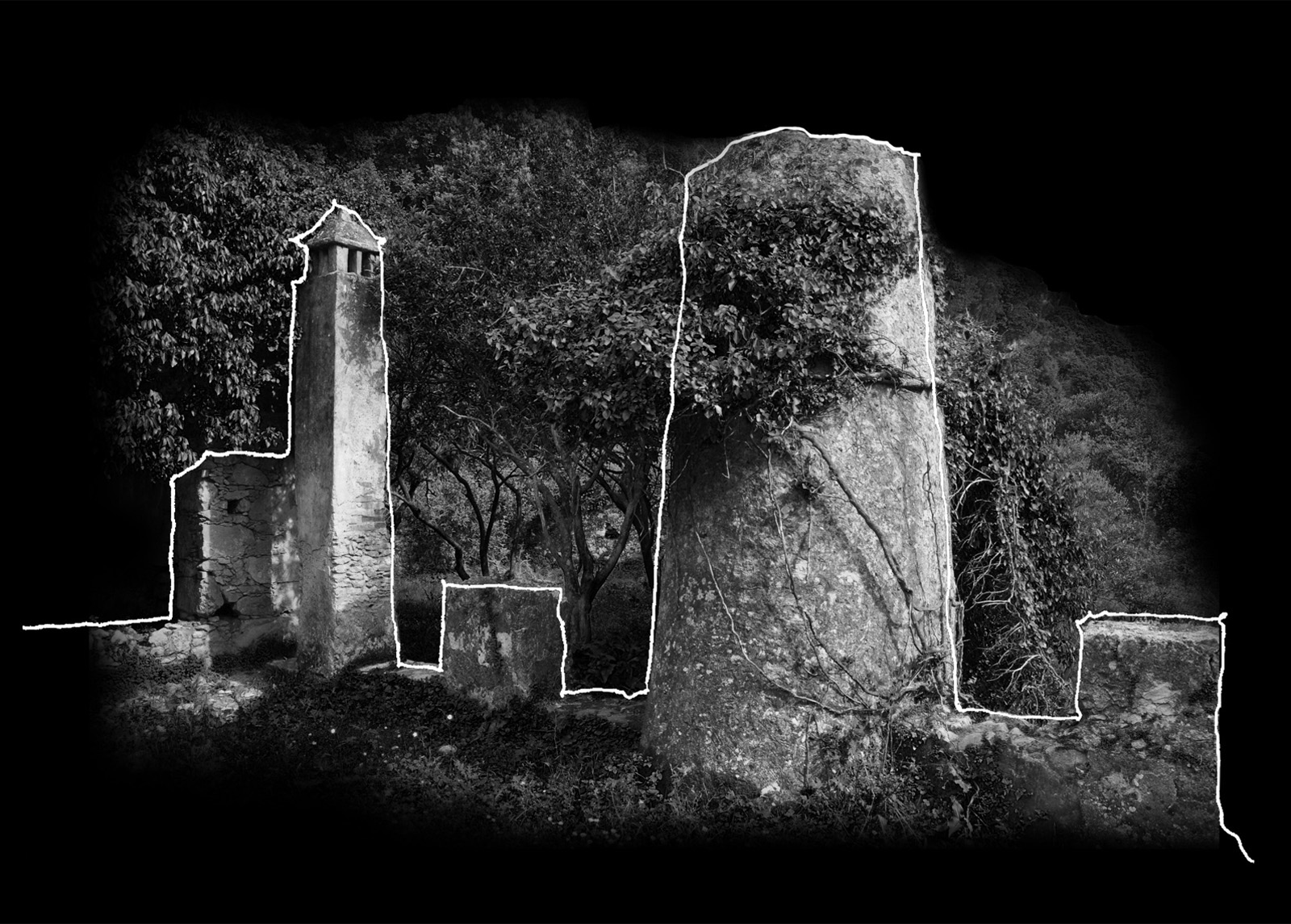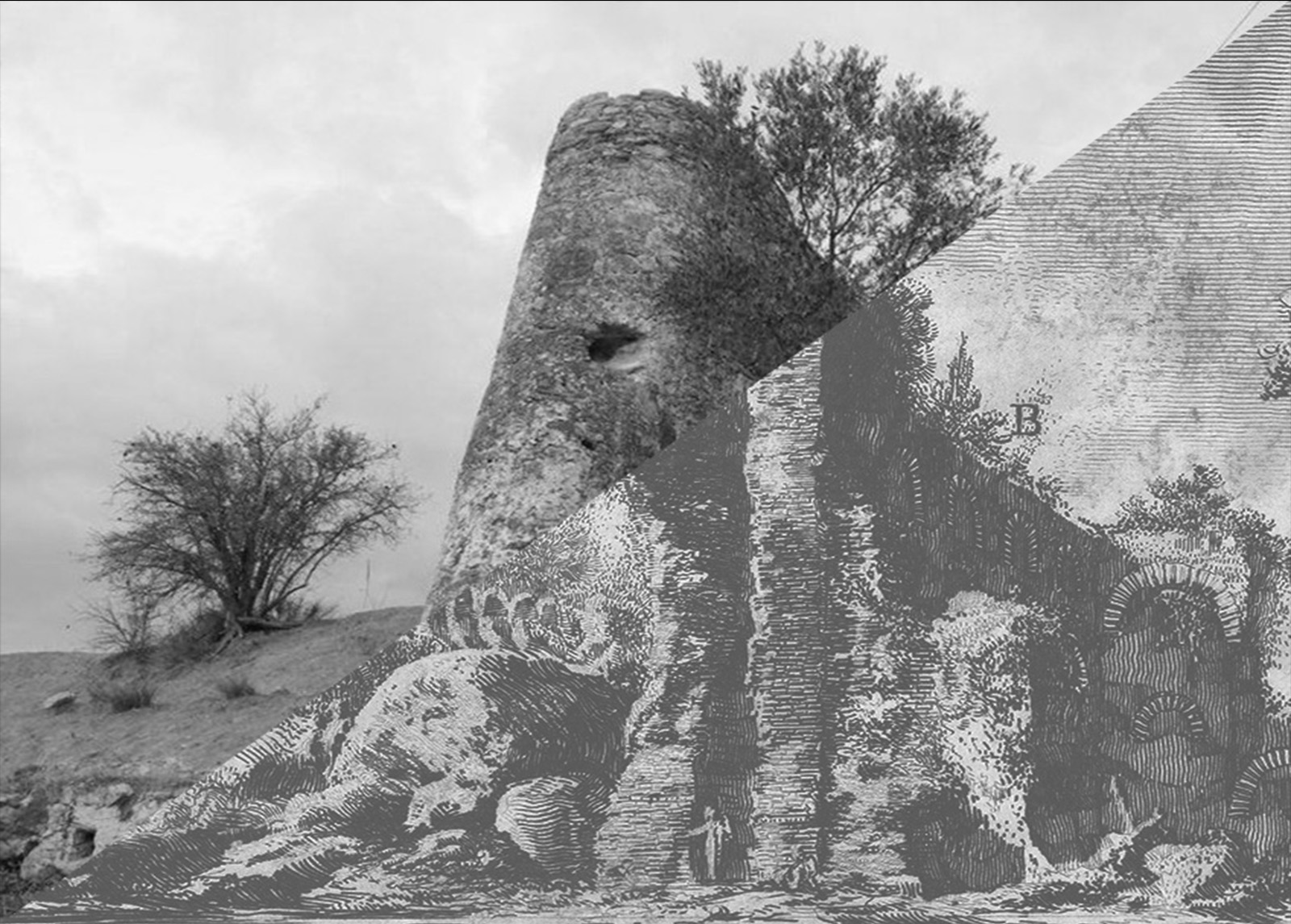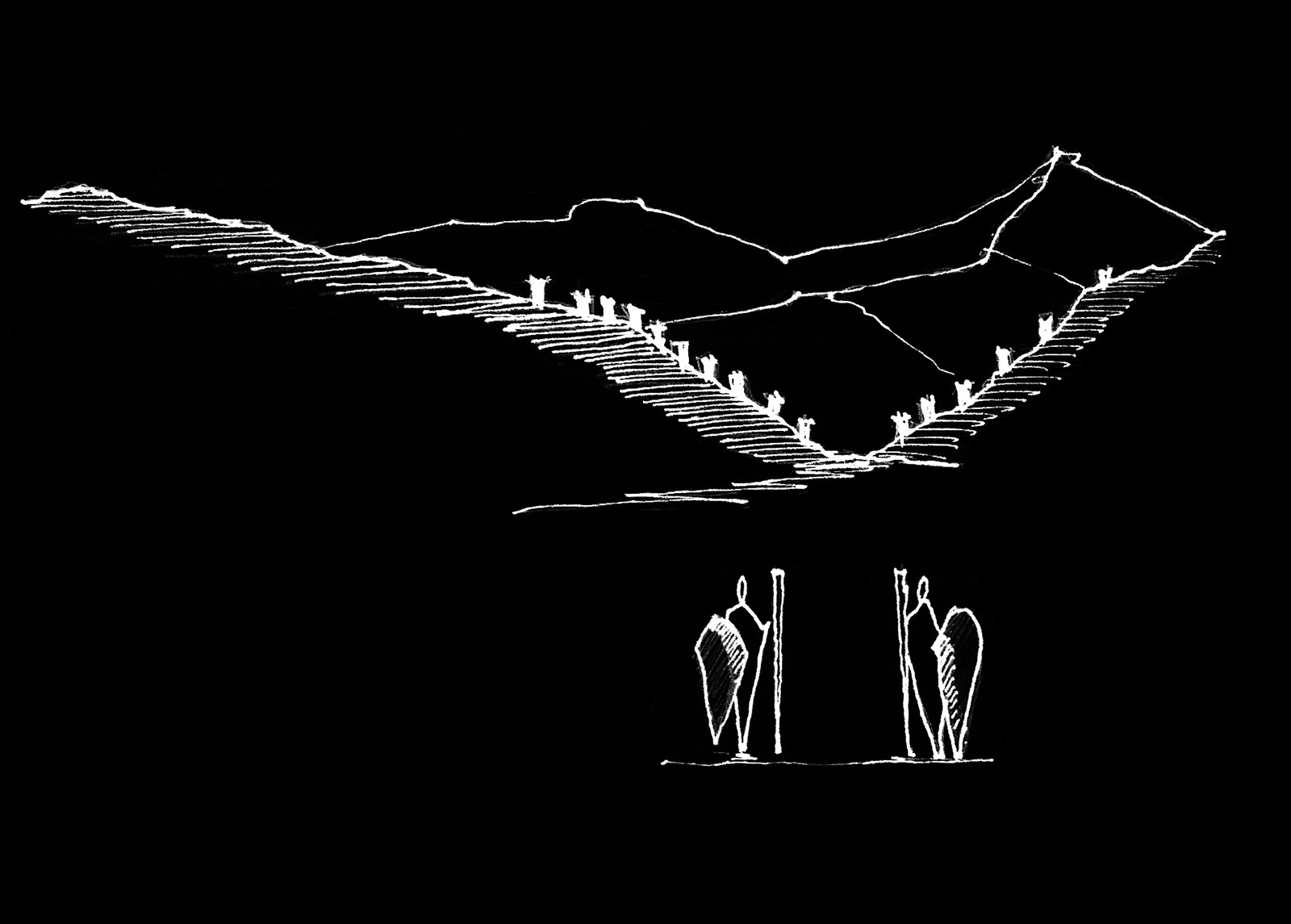The timelessness of molinary facilities and their dialectic relation with the landscape, due to the implicit need of embedding, form the begging of the research thread. Studying the case of Cretan mills –watermills and windmills-, the research stands at the threshold of these machine-buildings and looks inside in order to give prominence to historic, technological and architectural qualities associated with them. At the same time, the research highlights the syntactic characteristics that constitute a millscape, as well as the cultural and social dimensions of it. In conclusion, this research attempts to project these values on the contemporary society and outline their future.
Bibliographic research, as well as on-site observation and sketching, were tools in this effort.
The pre-industrial or traditional landscape is essentially the expression of pre-industrial culture, as formed during the medieval times until the first industrial revolution. They present the character of the installation in one place, what M. Heidegger calls Dasein. The subject inhabits the landscape and attempts to preserve it, as it gives value to the land. This value is not only productive, it is a symbol that helps create an identity of place, a genius loci. This landscape contains the complex history of the place, which is legible through the spolia of its compositions and structures.
Molinary technology is perhaps the most durable cultural technology. From Neolithic scrapers to industrial roller mills, the same basic operating principle is used. The fact that makes mills stand out among the traditional technologies is their persistent presence, in their authentic form, until the 20th century, despite the wave of changes brought by the various technological revolutions.
There are numerous mill structures in the Cretan landscape. Watermills are concentrated in the western part of Crete, where rainfall is more frequent and the presence of water flows more intense, while in the east, windmills are present, due to the arid landscape and the greater wind intensity, with several exceptions.
The buildings of Cretan folk architecture are characterized by the austerity of expressive media. Small buildings, mostly flat-roofed, assimilate the influences of the islands many conquerors, without renouncing their Minoan past. One such building of folk architecture is the mill. The study highlights its architectural qualities as well as the differences it presents in the course of history. At the same time, its operation is studied and its technological features identified.
Throughout the field research, an attempt is made to approach a millscape syntax, which is depicted through sketches and diagrams. Therefore, its physiognomy is analyzed in concepts such as structure, organization, continuity, intimacy, complexity, legibility, atmosphere and sublimation. Thus, the pre-industrial landscape is decoded.
Apart from its architectural and aesthetic qualities, the millscape is a particularly social space. Its role and importance in the pre-industrial era is underlined by the complexity of social interactions that accompany the milling process. This multi-dimensional nature of the mill is hosted by the central importance of the miller. Its features are highlighted and studied in the context of the mill as a social capacitor. At the same time, the contribution of the mills to the cultural idiom of the pre-industrial era is explored, while reference is made to their influence on the Arts.
The research concludes by highlighting the values inherent in these constructions, while stressing the need to recognize them in the modern post-industrial context. The timeless presence of mill plants, and their crucial importance in pre-industrial life, has bequeathed to modern society a landscape full of such testimonies. It therefore urges the need for its recognition and recasting in modern terms, specifying an auspicious future, both for the material remains of this important period and for the intangible values that these stones carry between their layers. The rescue of these findings is not just a movement to capture history, but rather an endoscope aimed at reading lost values and reinterpreting them to meet modern local and transnational needs.

